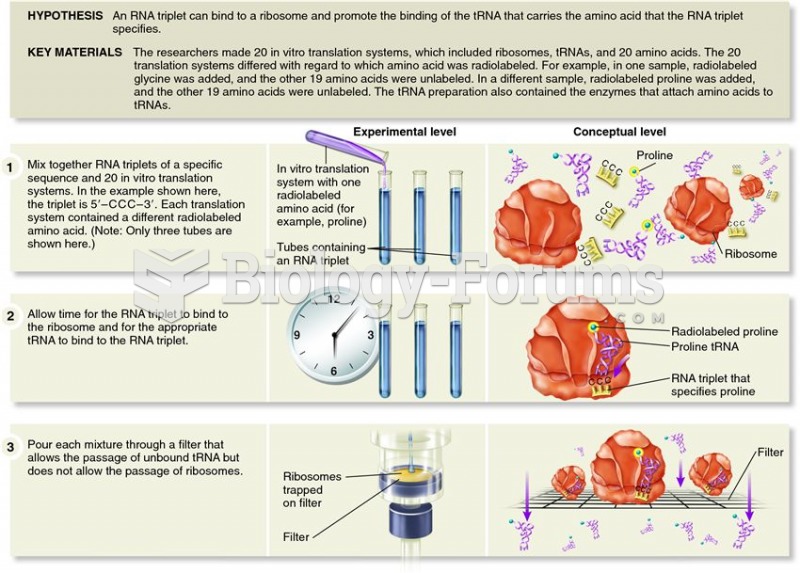Code the following cases for outpatient facility purposes using ICD-9-CM, ICD-10-CM, and CPT codes. Sequence codes in the correct order.
Calculate the APC.
Assign modifiers when appropriate.
Use external cause codes when appropriate.
Do NOT code procedures that are captured by the facility chargemaster.
EMERGENCY DEPARTMENT VISIT
PATIENT:ZACK OFFICE
RECORD NUMBER:00-15-88
DATE OF SERVICE:10-15-XX
PHYSICIAN:DR. KIM. M. D.
HISTORY: The patient is a 33-year-old male who presents to the ER having fallen while playing baseball landing on his left shoulder. He has had pain and swelling near the point of the left shoulder since the injury. He also complainsof a recurring lump at the right base of the neck over the last several years.
OBJECTIVELY: The patient is alert and in no acute distress.He demonstrates soft tissue swelling and tenderness maximal over the left AC joint.There is no deformity and pulling on the arms does not markedly aggravate the pain.The patient is able fully to abduct the shoulder. He is able to scratch behind his back and scratch behind his head.There is no distal neurovascular compromise in the left upper extremity.X-ray of the clavicle is normal.AC weighted joints are normal.
ASSESSMENT: First-degree AC separation left shoulder.
PLAN: A sling will be worn prn for comfort. Follow up prn
PROBLEM NUMBER 2: The lump near the base of the right side of the neck on the back is palpated and felt to be consistent with a noninflamed sebaceous cyst. At the patient's request, this is removed. Under local anesthesia, an elliptical incision is made. The cyst capsule is identified and bluntly dissected from the wound. The cyst is removed intact and measures 1.5 cm. The wound is closed in layers with #4–0 Vicryl and #4–0Prolenesubcuticular stitch.
ASSESSMENT: Sebaceous cyst.
PLAN: The patient is given the usual wound care instructions and advised to return in 12 days for suture removal.
LEFT CLAVICULAR VIEW WI'I'H AC JOINT VIEWS:
The clavicle appears intact without evidence of fracture. AP and angled views oftheAC joint show no widening or displacement. The coracoclavicular distance is normal.
IMPRESSION: Normal left clavicle and AC joint.
ICD-9-CM diagnosis code(s): _____________________
ICD-10-CM diagnosis code(s): _____________________
CPT code(s) with modifier, if applicable: _____________________
APC: _____________________







